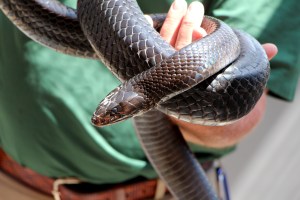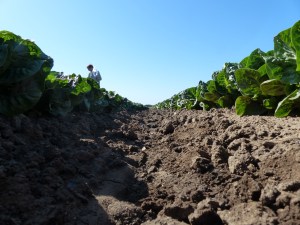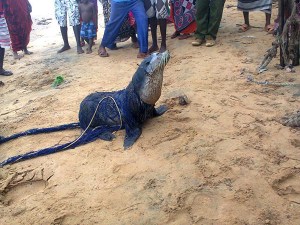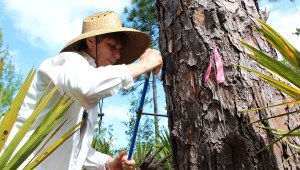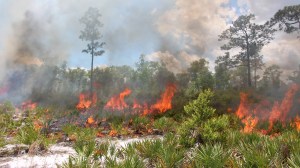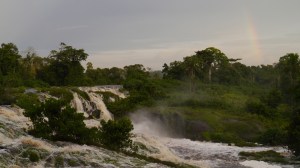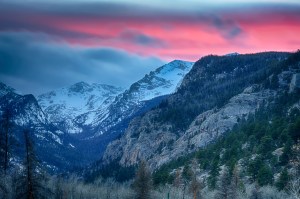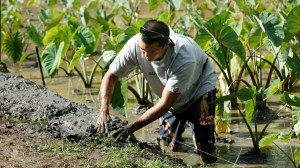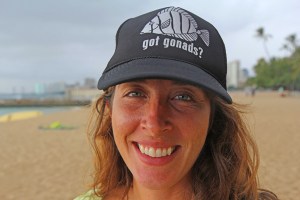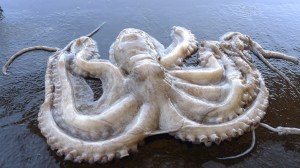Discover stories in Conservation Science
Indigos Return: A Florida Breeding Program Raises Eastern Indigo Snakes for Reintroduction
Meet the captive-bred eastern indigo snakes destined for release at the Conservancy’s Apalachicola Bluffs and Ravines Preserve.
The Verdict is In: We Can Grow Safe Food and Conserve Nature at the Same Time
A new paper by Conservancy NatureNet Science Fellow and lead author Daniel Karp shows that removing habitat around farm fields does not make food safer. In fact, it may have the opposite effect.
This Fur Seal is 4,000 Miles From Home. Here’s Why.
A Subantarctic fur seal sets a new distance record. How did this critter get so far from home?
Protecting Florida’s Last Old-Growth Pines
One scientist is on a mission to protect the last of Florida’s old-growth longleaf pines, before it’s too late.
Ancient Tree Stumps Shed New Light on Fire in Florida
Ancient pine stumps help scientists and land managers restore fire to the longleaf pine ecosystem.
The Transformation of Gabon: Can Nature Make Economic Development Work Better for People?
Can Gabon find a way to achieve its development goals while protecting nature? Can valuing nature's services to people help achieve that balance?
Conserving Nature’s Stage
Conserving nature’s stage: a strategy to sustain biodiversity in the wake of climate change.
Can Traditional Agriculture Restore the Reef?
Ninety percent of the land was covered with invasive weeds. But that degraded land could hold the key to restoring the reef on the island of Oʻahu. Just add agriculture.
Got Gonads?
Everyone knows her as the gonad girl. And she owns it. Social media meets traditional knowledge in an effort to improve Hawaiian fisheries management.
The Octopus’ Birthday: Understanding an Intelligent & Elusive Marine Creature
Science sheds new light on octopus intelligence, as the animals open jars and pick Super Bowl winners. But despite all that attention, remarkably little is known about their life history in the wild.
Building a Better Battery
NatureNet Science Fellow Won-Hee Ryu -- materials scientist and nanotechnology expert -- might not be a typical Conservancy scientist, but his work could have as much benefit to society (and nature) as traditional biodiversity conservation.
Is the Future of Sustainability in Nanotechnology?
More than half of the energy generated in the U.S. is lost as heat. Where some people might see only wasted potential, NatureNet Fellow Haoran Yang sees a huge opportunity.
